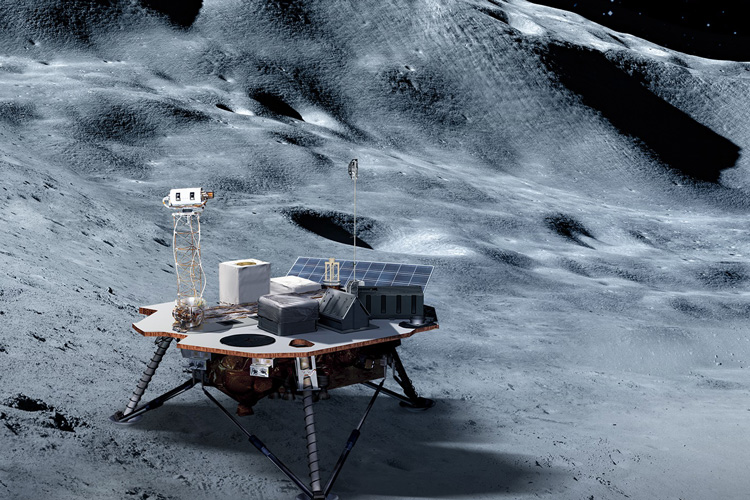This content has been archived. It may no longer be relevant

Scavenging spare parts and grabbing off-the-shelf hardware, University of California, Berkeley, space scientists are in a sprint to build scientific instruments that will land on the moon in a mere two years.
NASA announced yesterday that it has selected 12 scientific payloads to fly aboard three lunar landing missions within the next few years. One of them will be the Lunar Surface Electromagnetics Experiment (LuSEE), which will be built under the direction of Stuart Bale, a UC Berkeley professor of physics and a veteran of several past NASA missions, including the Parker Solar Probe that was launched last August.
The science and technology experiments will explore the moon’s surface environment in advance of upcoming human missions and are part of NASA’s collaboration with commercial partners to launch payloads — and, by 2024, humans — to the moon.
Bale and his colleagues at UC Berkeley’s Space Sciences Laboratory have less than $6 million to cover the costs, which means they will be co-opting spare parts originally built for the Parker Solar Probe and other spacecraft, including STEREO, which launched in 2006 and is still providing stereo views of the sun, and the 2013 MAVEN on a mission to Mars. The LuSEE will make comprehensive measurements of electromagnetic phenomena on the surface of the moon and erect a simple radio telescope — the first operational telescope on the moon.
“NASA wanted instruments that are ready to go, because the schedule is really aggressive. We are talking about pulling something together and delivering it in about 18 months, which is fast,” Bale said. “We proposed a re-flight of our Parker Solar Probe instrumentation, which works like a charm, and the team is still together to get it tuned up. We’re good at building experiments quickly and that work.”
“Berkeley is going to put an experiment on the surface of the moon,” Bale added. “That is pretty cool, I think.”
Read more about the Mission, courtesy of Robert Sanders, of Berkeley News

